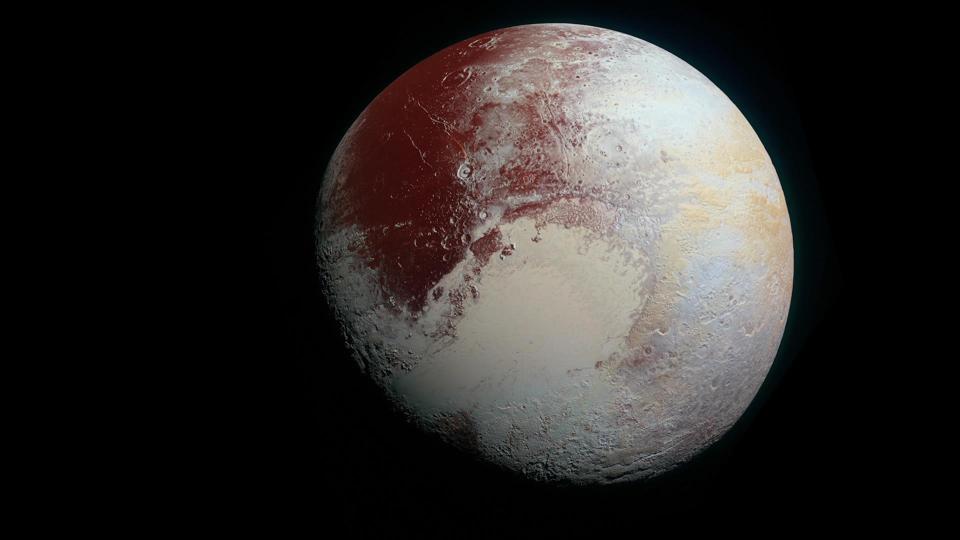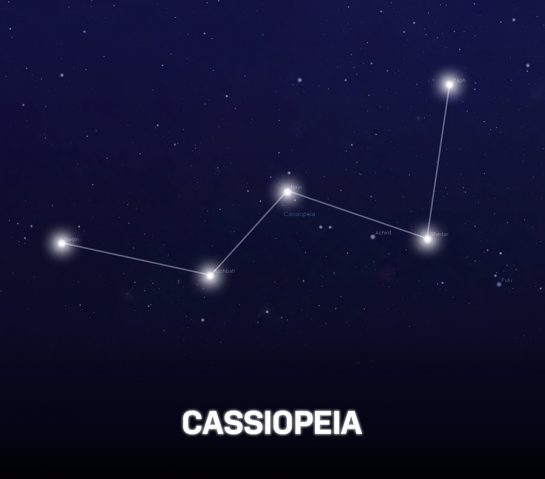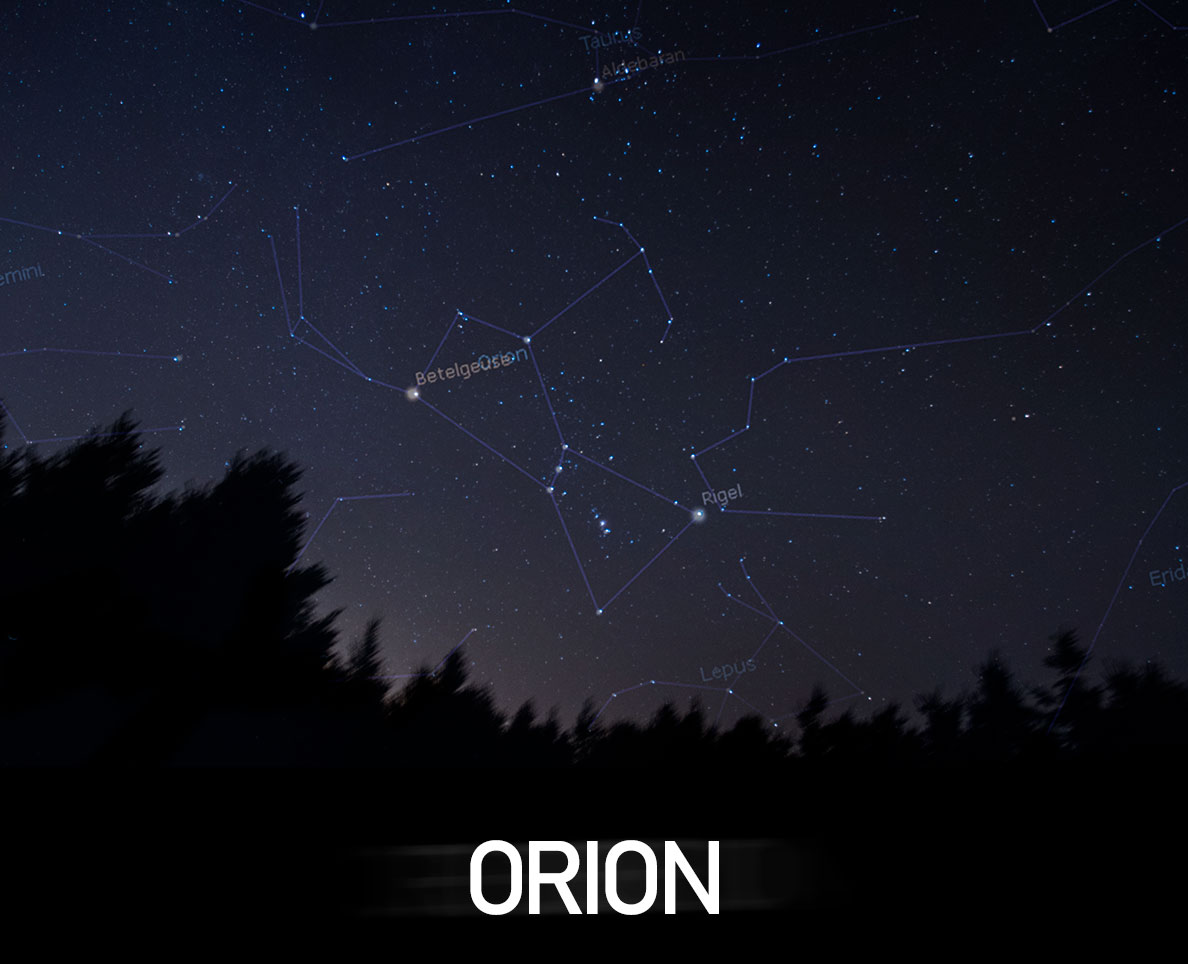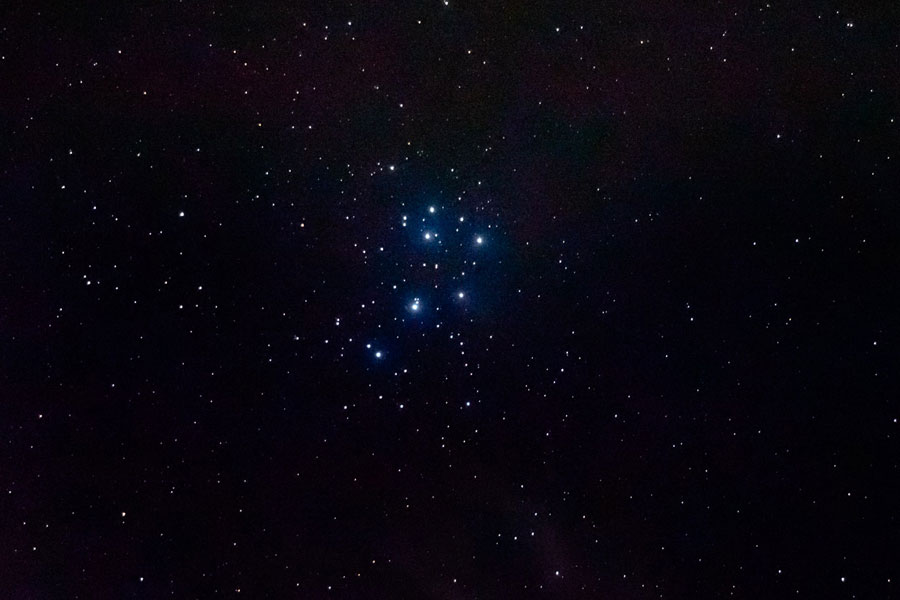- Pronouns
- he/him
- TNP Nation
- El_Fiji_Grande
Have you ever looked up at the night sky, and wondered what lies beyond? If so, this might just be the thread for you.
Growing up, I was fascinated by astronomy, and loved to pore over pages of nebulae and galaxies, many as seen by the Hubble Space Telescope. Nevertheless, I never really became personally acquainted with the constellations, and had only occasionally observed stars through telescopes at star parties. While my connection with space is an intrinsic part of who I am, to this day I feel lost when I look up at the sky. Instead of providing a foundation, I only feel confusion when attempting to find patterns in the heavens. I've been meaning to change that for some time, so this thread will be as much a personal exploration of my adventures as it will be a guide for those who wish to follow in my footsteps.
One of the things I should get out of the way before we begin though is that you should lower your expectations. Photos of nebulae, galaxies, and star clusters help inspire the imagination of the public, but you can't take them for granted. A question I often get is if the photos we see of these objects are real. And the answer is... yes, but only from a certain perspective, and it can be difficult to tell what you're really looking at. Astronomers often observe deep space objects in different wavelengths of light in order to understand their composition, texture, and other properties. These wavelengths are often not within the visible spectrum, but can be recolored to provide meaning in a way we can see. One example is the famous photograph New Horizons sent back from Pluto. Seen below, the left-hand image is what is often publicized, but the right-hand image presents true color (though it is rotated a bit relative to the other). One isn't more correct than the other; they're just different ways of viewing the same object. This is important to bear in mind, because many nebulae you see in photos are somewhat embellished by these color corrections, and may not be what you can expect to see with your own eye. Moreover, many of these objects are extraordinarily dim, and so can be exceedingly difficult to see unless you stack many exposures on top of one another, forming a composite image.


So with that aside, let's get started! The first thing I recommend is to simply spend a bit more time outside past sunset, stargazing. You don't need any special equipment, though depending on the weather and your environment, you may want to bring a coat and some bug spray. I'd also recommend on bringing some water in case you get thirsty. You can stargaze from anywhere - even if all you have is a small apartment in a bustling city. As a rule, though, you'll want to find a place that's suitably dark. I recommend checking light pollution maps to help find a decent spot. You'll want somewhere that's not too far out of the way, because you want it to be convenient enough that the distance doesn't prevent you from going frequently. I generally find a quiet park where I can lie on my back and look up at the sky.
The darker your environment, the more you will see. Even so, it can take time for your eyes to adjust, so turn off any light sources like flashlights or your phone, and breathe in the smell of nature around you. Looking up, you'll notice that some stars are visibly brighter than others. These stars are either brighter or closer to Earth. If you draw lines between the brightest stars in the sky, you'll start seeing patterns. If you do a bit of research on what constellations you can expect to see in your hemisphere, you may start recognizing them in the sky above. Some of the easiest to see in the northern hemisphere are:




In the above order, the constellations shown are: Cassiopeia, Ursa Major & Ursa Minor, Orion, and the Pleiades. Cassiopeia forms a distinctive 'W' shape. Ursa Major (the big dipper) points to the North Star (Polaris), as shown, which can be used to find Ursa Minor (the little dipper). Orion is easily recognizable by his belt, which is formed by three very bright stars all in a row. The Pleiades are a small cluster of bright blue stars. I recommend getting a guidebook, starmap, or phone app to help you learn the constellations. Of note is that not all constellations can be seen at once. Depending on your hemisphere and time of year, only certain constellations can be seen. The tools I use for finding and learning about constellations are the Philip's Night Sky Atlas, one of the northern latitude Miller Planispheres, and the phone app Star Walk 2.
Once you've spent a bit of time observing the night sky, you'll also start to see faint points of light that look like stars, but are actually moving. They're most certainly not planes since they don't make any noise, don't have blinking lights, and move at a constant rate from one horizon to another. What you are seeing are satellites. Best seen after dusk and before dawn when the sun's rays reflect off of their metallic bodies, satellites are constantly zipping around our planet. You're likely to see at least one satellite if you spend at least fifteen minutes stargazing. There are thousands of satellites and pieces of debris orbiting Earth, but you won't be able to see them all. Many of these objects are too small or don't reflect enough light to be made out by eye. A good way to tell if you might be able to see a certain object is by researching its apparent magnitude, which is the brightness of any object in the sky. The more bright an object is, the lower its apparent magnitude is, with the brightest objects even having negative magnitudes. Thus, seeing Venus - which has an apparent magnitude of -4.2 - is much easier than seeing Vega - which has an apparent magnitude of 0. If you see a satellite in the sky and want to know what it is, a great app is Heavens Above, which will give you a lot of information about the object, and help you predict other passes of objects within your field of vision.
To help improve your experience with stargazing, a quality pair of binoculars can expand your ability to make out details in the sky. You don't want to purchase binoculars with too high of a magnification, since doing so will make the set heavier - and thereby more tiring to hold - as well as more difficult to get the image to remain still within your view. A good option would be binoculars that offer about 8-10x magnification and have fairly wide lenses. I use 10x50 binoculars. Binoculars will enhance your view of the sky, allowing you to see much more detail on the moon and other night sky objects. My friends swear they've seen detail on the gas giants with a decent set of binoculars, but I have yet to have any luck with this.
Growing up, I was fascinated by astronomy, and loved to pore over pages of nebulae and galaxies, many as seen by the Hubble Space Telescope. Nevertheless, I never really became personally acquainted with the constellations, and had only occasionally observed stars through telescopes at star parties. While my connection with space is an intrinsic part of who I am, to this day I feel lost when I look up at the sky. Instead of providing a foundation, I only feel confusion when attempting to find patterns in the heavens. I've been meaning to change that for some time, so this thread will be as much a personal exploration of my adventures as it will be a guide for those who wish to follow in my footsteps.
One of the things I should get out of the way before we begin though is that you should lower your expectations. Photos of nebulae, galaxies, and star clusters help inspire the imagination of the public, but you can't take them for granted. A question I often get is if the photos we see of these objects are real. And the answer is... yes, but only from a certain perspective, and it can be difficult to tell what you're really looking at. Astronomers often observe deep space objects in different wavelengths of light in order to understand their composition, texture, and other properties. These wavelengths are often not within the visible spectrum, but can be recolored to provide meaning in a way we can see. One example is the famous photograph New Horizons sent back from Pluto. Seen below, the left-hand image is what is often publicized, but the right-hand image presents true color (though it is rotated a bit relative to the other). One isn't more correct than the other; they're just different ways of viewing the same object. This is important to bear in mind, because many nebulae you see in photos are somewhat embellished by these color corrections, and may not be what you can expect to see with your own eye. Moreover, many of these objects are extraordinarily dim, and so can be exceedingly difficult to see unless you stack many exposures on top of one another, forming a composite image.


So with that aside, let's get started! The first thing I recommend is to simply spend a bit more time outside past sunset, stargazing. You don't need any special equipment, though depending on the weather and your environment, you may want to bring a coat and some bug spray. I'd also recommend on bringing some water in case you get thirsty. You can stargaze from anywhere - even if all you have is a small apartment in a bustling city. As a rule, though, you'll want to find a place that's suitably dark. I recommend checking light pollution maps to help find a decent spot. You'll want somewhere that's not too far out of the way, because you want it to be convenient enough that the distance doesn't prevent you from going frequently. I generally find a quiet park where I can lie on my back and look up at the sky.
The darker your environment, the more you will see. Even so, it can take time for your eyes to adjust, so turn off any light sources like flashlights or your phone, and breathe in the smell of nature around you. Looking up, you'll notice that some stars are visibly brighter than others. These stars are either brighter or closer to Earth. If you draw lines between the brightest stars in the sky, you'll start seeing patterns. If you do a bit of research on what constellations you can expect to see in your hemisphere, you may start recognizing them in the sky above. Some of the easiest to see in the northern hemisphere are:




In the above order, the constellations shown are: Cassiopeia, Ursa Major & Ursa Minor, Orion, and the Pleiades. Cassiopeia forms a distinctive 'W' shape. Ursa Major (the big dipper) points to the North Star (Polaris), as shown, which can be used to find Ursa Minor (the little dipper). Orion is easily recognizable by his belt, which is formed by three very bright stars all in a row. The Pleiades are a small cluster of bright blue stars. I recommend getting a guidebook, starmap, or phone app to help you learn the constellations. Of note is that not all constellations can be seen at once. Depending on your hemisphere and time of year, only certain constellations can be seen. The tools I use for finding and learning about constellations are the Philip's Night Sky Atlas, one of the northern latitude Miller Planispheres, and the phone app Star Walk 2.
Once you've spent a bit of time observing the night sky, you'll also start to see faint points of light that look like stars, but are actually moving. They're most certainly not planes since they don't make any noise, don't have blinking lights, and move at a constant rate from one horizon to another. What you are seeing are satellites. Best seen after dusk and before dawn when the sun's rays reflect off of their metallic bodies, satellites are constantly zipping around our planet. You're likely to see at least one satellite if you spend at least fifteen minutes stargazing. There are thousands of satellites and pieces of debris orbiting Earth, but you won't be able to see them all. Many of these objects are too small or don't reflect enough light to be made out by eye. A good way to tell if you might be able to see a certain object is by researching its apparent magnitude, which is the brightness of any object in the sky. The more bright an object is, the lower its apparent magnitude is, with the brightest objects even having negative magnitudes. Thus, seeing Venus - which has an apparent magnitude of -4.2 - is much easier than seeing Vega - which has an apparent magnitude of 0. If you see a satellite in the sky and want to know what it is, a great app is Heavens Above, which will give you a lot of information about the object, and help you predict other passes of objects within your field of vision.
To help improve your experience with stargazing, a quality pair of binoculars can expand your ability to make out details in the sky. You don't want to purchase binoculars with too high of a magnification, since doing so will make the set heavier - and thereby more tiring to hold - as well as more difficult to get the image to remain still within your view. A good option would be binoculars that offer about 8-10x magnification and have fairly wide lenses. I use 10x50 binoculars. Binoculars will enhance your view of the sky, allowing you to see much more detail on the moon and other night sky objects. My friends swear they've seen detail on the gas giants with a decent set of binoculars, but I have yet to have any luck with this.
Last edited:

